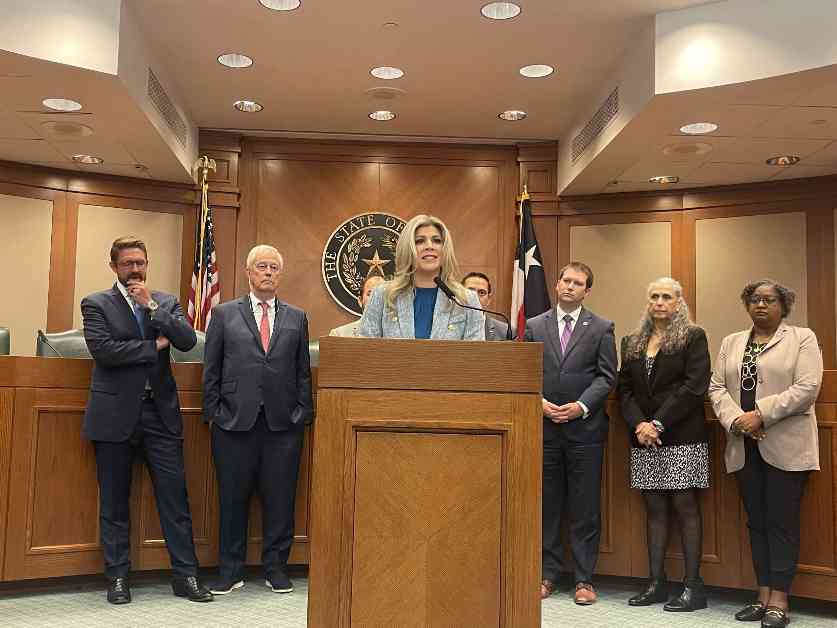A bipartisan majority of the Texas House of Representatives is calling for clemency for Robert Roberson III, who is scheduled to be executed on October 17. If the execution moves forward, Roberson will be the first person in the United States put to death based on the controversial “shaken baby syndrome” hypothesis (SBS). On Tuesday, his legal team submitted a clemency application to the Board of Pardons and Paroles and to Governor Greg Abbott, along with letters from a bipartisan group of more than 85 state legislators and a slew of medical and legal professionals in a last-ditch effort to halt the execution after the Texas Court of Criminal Appeals struck down Roberson’s appeals last week.
The strong showing of support from both sides of the aisle for a condemned person is unusual in Texas, which has executed more people than any other state since the death penalty was reinstated in the 1970s. But legislators also recently rallied behind Texas death row prisoners Rodney Reed and Melissa Lucio, who both have innocence claims. In Lucio’s case, as in Roberson’s, her lawyers argue that no crime occurred and that her daughter’s death was accidental.
In their letter to the clemency board, legislators raised particular concern that Texas’ “junk science law” isn’t being respected by the courts, which allows people to appeal convictions based on outdated scientific evidence. Democratic state Representative Joe Moody expressed disappointment in the lack of engagement from the courts in this process. Republican state Representative Lacey Hull, as a pro-life conservative, shared her concern about the possibility of the state executing an innocent man like Robert Roberson.
Kate Judson, executive director of the Center for Integrity in Forensic Sciences, highlighted the unreliable forensics used in Roberson’s case, calling it one of the most egregious examples of a wrongful conviction based on flawed scientific evidence. Roberson was convicted in 2003 of killing his daughter Nikki, who was diagnosed with shaken baby syndrome. However, recent expert opinions and medical examinations suggest that Nikki’s cause of death may have been complex pneumonia, not abuse-related head trauma.
The article also discusses the controversial history of shaken baby syndrome as a medical doctrine used to explain infant injuries and deaths. While shaking can cause head trauma in babies, the diagnostic criteria used in Roberson’s case—presuming abuse based on specific symptoms without considering other possible causes—has been highly debated. Many parents and caregivers have been exonerated after being convicted based on this outdated diagnostic process.
Furthermore, the article mentions that Roberson’s previous execution date was halted to conduct an evidentiary hearing, which led to new expert opinions that have not been considered by any court. This lack of consideration for updated medical evidence raises concerns about the fairness of Roberson’s conviction.
Support for Roberson’s clemency appeal has come from various individuals, including the original detective who testified against him at trial and bestselling author John Grisham. This widespread support reflects a growing awareness of the flaws in the criminal justice system and the need for a fair and just legal process for all individuals.
In conclusion, the case of Robert Roberson III highlights the complexities and challenges of the criminal justice system, particularly in cases where outdated scientific evidence may have led to wrongful convictions. The bipartisan support for Roberson’s clemency appeal underscores the importance of reevaluating past convictions and ensuring that justice is served based on accurate and reliable evidence.


